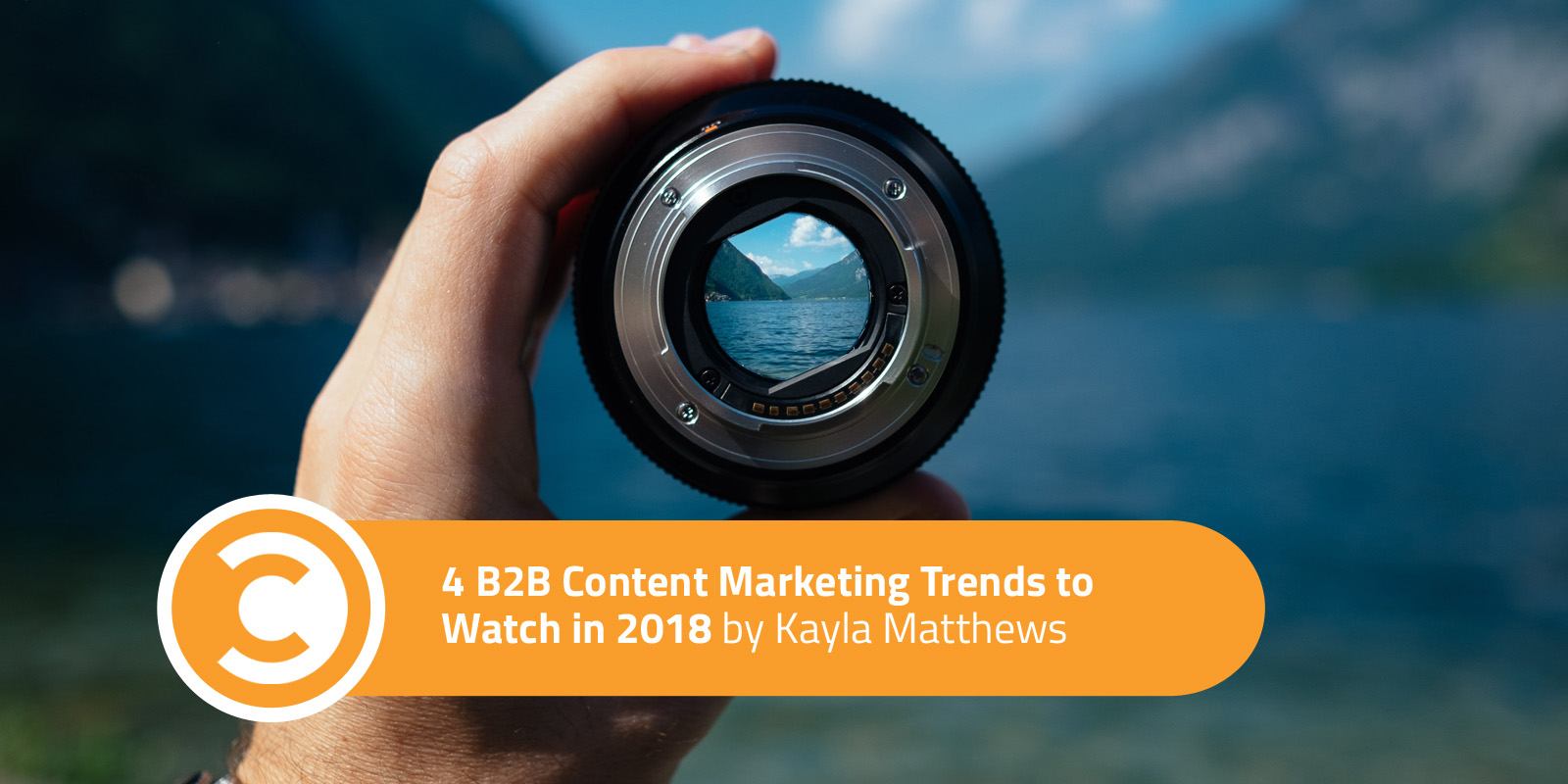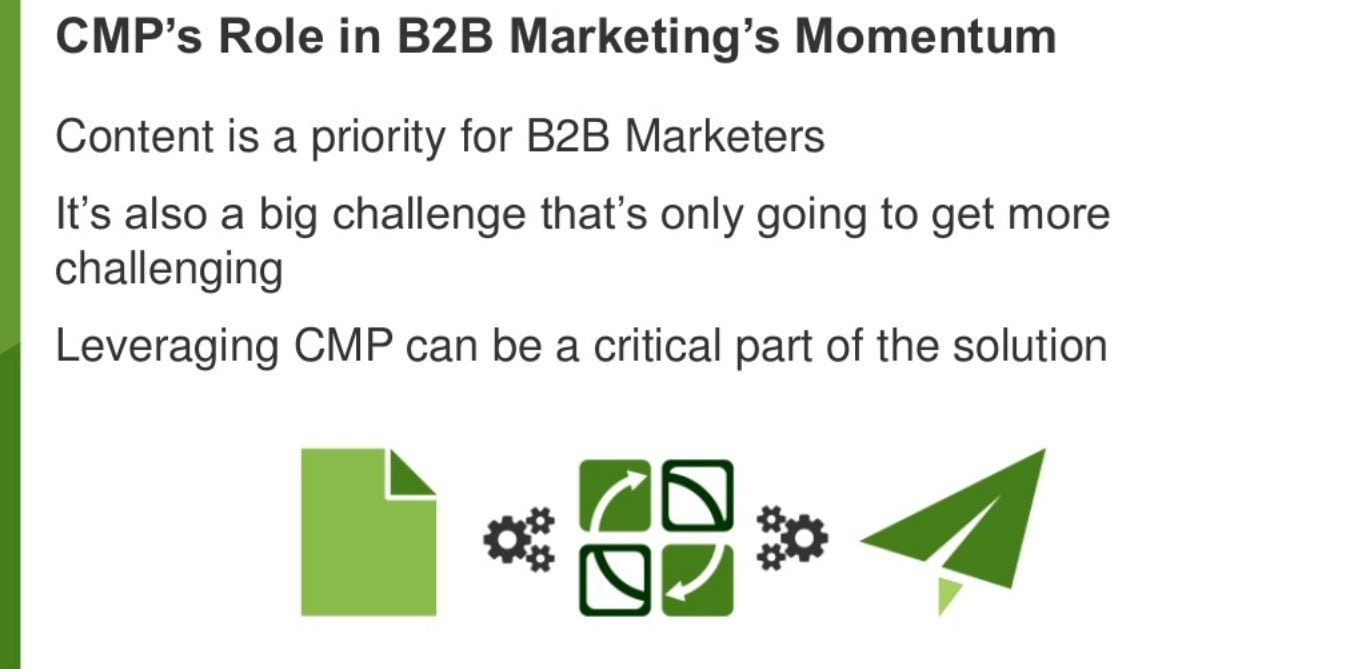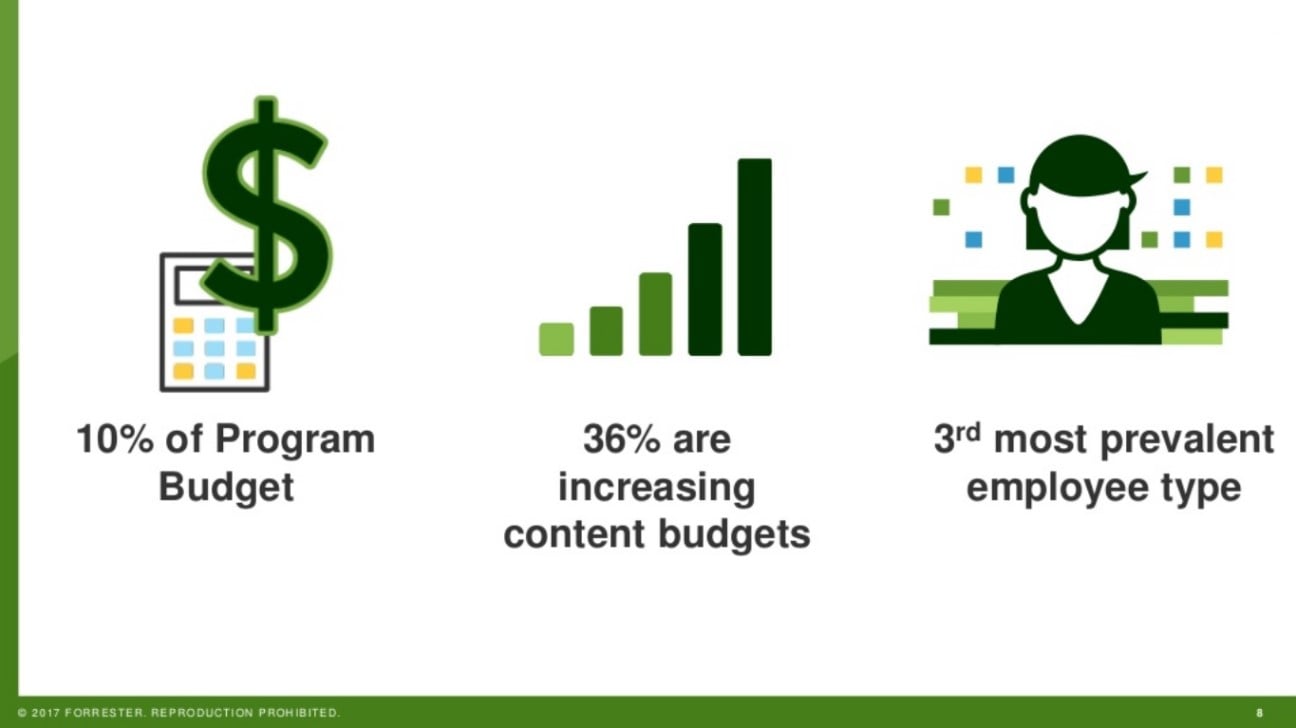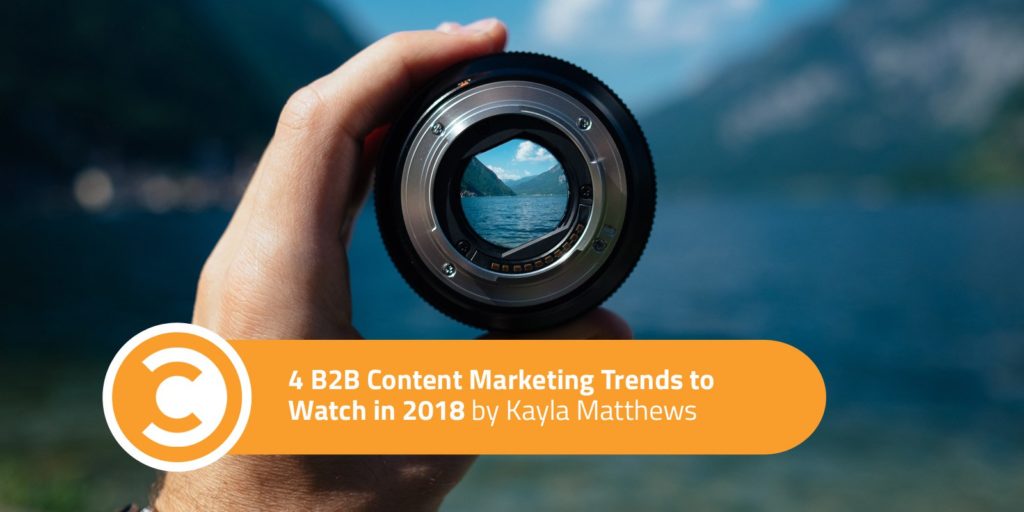November 28th, 2017

You’ve probably heard the phrase “content is king.” It’s still true today and will likely hold true in 2018 and beyond. B2B content marketing should be a part of your website if it isn’t already. However, if you don’t do it purposefully, you could end up spinning your wheels.
B2B marketers direct about 28 percent of their total marketing budget toward content marketing, which shows they still see content as valuable.

Let’s look at some of the trends taking shape here at the end of 2017 and into 2018.
1. B2B Content Marketing Budgets Will Increase
36 percent of B2B marketers are increasing their content budgets and putting more effort toward this type of marketing. More companies understand the value of content, both immediate value and long-term, and they’re hiring more and more marketing managers to meet their needs. To keep up, you need to allocate a bigger chunk of your budget to this type of marketing.

L’Oreal’s Makeup.com provides fantastic content, which includes makeup tips while promoting the L’Oreal brand of cosmetics. Not only will site visitors find top picks and full descriptions of cosmetics, but there are numerous tips and tutorials on the site, including ideas on how to apply makeup, build a makeup vanity, and even file your nails without damaging them.
36% of B2B marketers are increasing their content budgets. Click To Tweet
2. More Customized Content
Content marketers are getting better at customizing content. They’re placing content on specific landing pages aimed at target audiences, or under categories that appeal to the different types of visitors who land on the site. Examine your site’s analytics and pinpoint the various audiences using the site, as well as what content they are looking for.
Content marketers must focus on delivering the perfect content to the right buyer at the ideal moment. This strategy can include tailored landing pages, customer-focused ad campaigns, and targeted emails to segmented mailing lists.
Expect to see more tracking codes in 2018. This technology measures behaviors such as what customers are buying and where they are clicking in marketing emails. By analyzing the effectiveness of their marketing efforts, marketers can customize content even more over time.
Think about sites such as Groupon. If you sign up for their mailing list, you receive very targeted offers based on your past purchases, gender, age, location, and other key factors. Not every Groupon user will receive the same email content or even the same offers, and what they do receive will likely have a high click-through rate.
3. Keep It Interesting
You can spend all the time in the world promoting your content, but if it isn’t interesting, that promotion won’t do you much good. Readers want to be entertained, especially in a world filled with Instagram images and Snapchat fun. Your marketing needs to be unique.
Look at things from a different perspective, as the Pennex Aluminum Company did in a blog post about using scrap metal for art. They teamed up with George Junior Republic’s “Pointing the Way” project, which connects at-risk youth with scrap metal to turn into public art. These sculptures are not only visually interesting but functional as well—they double as directional markers for drivers. This content marketing/PR campaign both cultivates new works of art and serves the public.
This level of content marketing requires pre-planning. You have to look at proposals coming your way to sponsor various projects, line up the sponsorship, have someone on hand to report on the achievement, and figure out how to best share the information with customers and potential customers.
4. New and Improved Funnels
Your content is about more than just blog posts, of course. You also need to provide information to site visitors that will lead them through your sales funnel, hitting all the vital points to convert them into customers, or at least tempt them to subscribe to your newsletter or blog.
Right now, about 49 percent of content focuses on engaging the user in the beginning. However, this focus likely will shift to mid- and late-funnel for more engagement. Content marketers are realizing the importance of each step of the process and perfecting each point in their sales or conversion funnel.
Netflix has a particularly effective sales funnel from landing to closing. The website has one goal: getting customers to subscribe to their video streaming service. When you hit the landing page, the focus is on signing up. The call to action simply reads, “Watch anywhere. Cancel anytime. Join free for a month.”
You can’t see anything else unless you intentionally scroll down. If you click on the “Join Free” button, the site leads you to the middle of the funnel and prompts you to choose your plan. The midpoint reminds you Netflix won’t charge you if you cancel before your free month expires. Simple, to-the-point information abounds in this sales funnel. The process continues, leading you clearly through the points until you’ve signed up for your free trial. Netflix hopes you’ll stick around after that.
B2B content marketing won’t change drastically in the next 12 to 15 months, but it will become more focused and more results-driven than ever before. To excel in this area, stick to solid marketing practices, dig in, and figure out what your readers and customers want.
